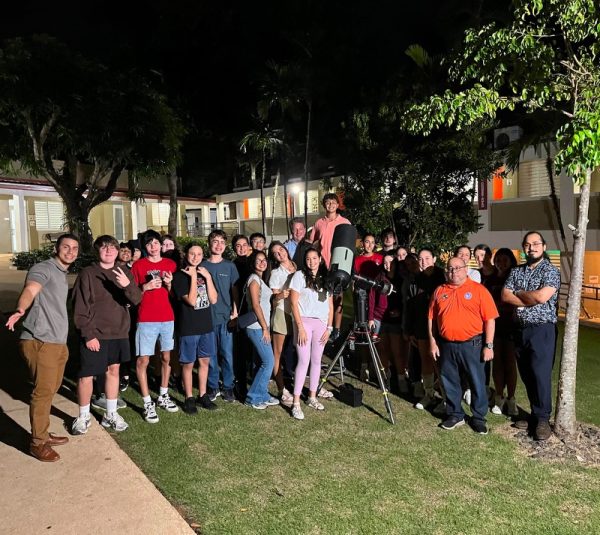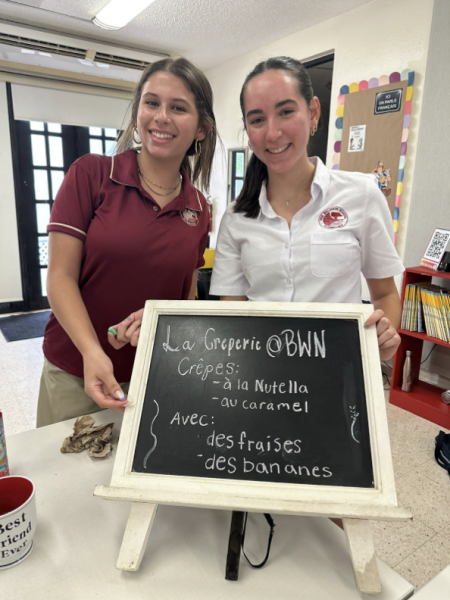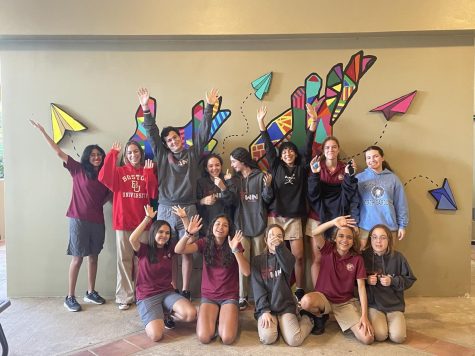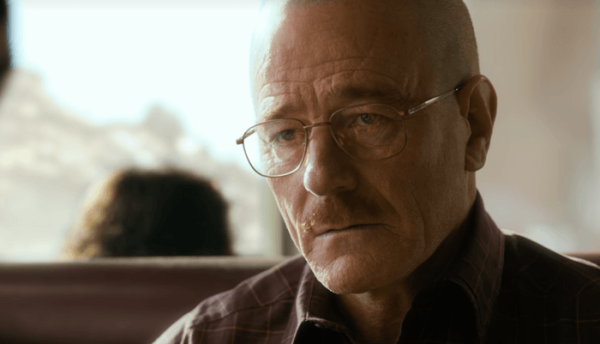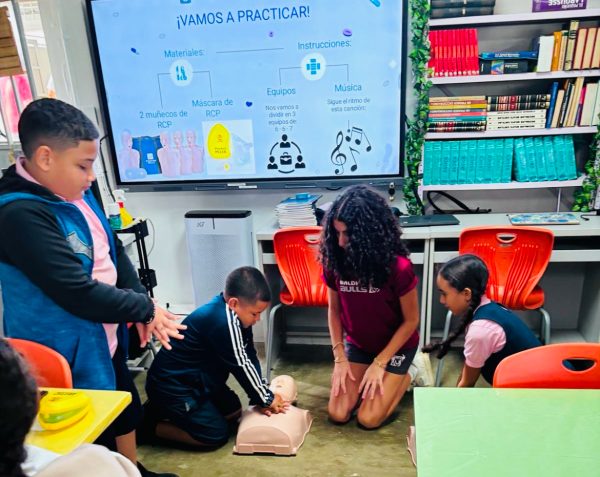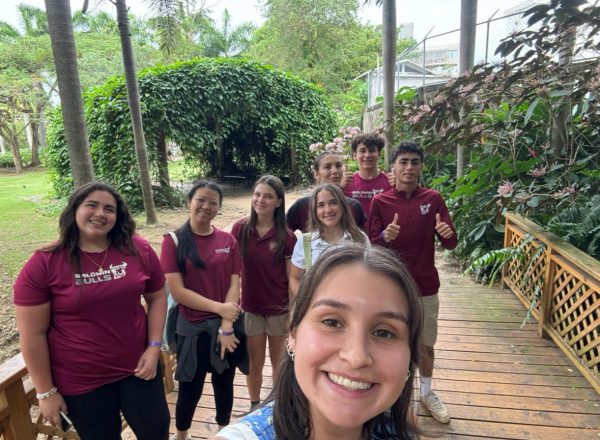Model United Nations at Baldwin
The Annual Mock Competition:
Every year the Model United Nations Club (MUN), holds a mock competition on school grounds to teach the newcomers how competition works and give tips on how to handle certain situations. This year was especially interesting since there were so many newcomers to the club. The MUN club is uniquely inclusive as it allows for all students from 6th-12th grade to join the club. However, being in the club requires a lot of responsibility and hard work to comply with its high standards. This is why the mock competition is provided and why it is a useful exercise for the newcomers that want to join the club.
First, the newcomers are divided into two groups, one with a simpler topic and the other with a more complex topic. Then, they will be taken through the many different steps of competition such as the parliamentary procedure, the research, the agenda, and the different forms of debate. This process was held in the trailers next to the pool from 8:30 am to 12:00 pm.
This year I was chosen to take part in another workshop: a chair workshop that took place in the upper school classrooms.
Chair workshop
The chair workshop took me through various steps on how to become a chair (judge) in a MUN conference. The chairs are usually sophomores, juniors, and seniors, and are chosen based on their abilities shown through their work in the club. Each conference has different chairs, and each school usually gets to send 1-2 chairs per conference. It is an honor to be chosen as one, which is why I was so excited to be a part of this workshop.
This particular workshop was composed of mostly Juniors and Seniors from private schools who are part of Federación, the league of schools that compete in our MUN circuit. These schools include Colegio Puertorriqueño de Niñas (CPN), Saint John’s School, Academia María Reina, Academia San José, TASIS, Colegio San Ignacio de Loyola, Academia del Perpetuo Socorro, Colegio Marista de Guaynabo, and Baldwin School. There were barely any people I knew, and most were from other schools. There were only a couple of other Baldwin delegates taking the workshop, and I was the youngest out of all of them. Once everyone arrived at the workshop, we were randomly divided into 4 groups. This is because there were four stations in the workshop, meaning group 1 would start at station 1, group 2 at station 2, and so on. After 45 minutes in the first station, the group would then rotate to the next station, until each group completed all 4 stations. In each station, the workshop would focus on different components of becoming a chair. And the stations were divided in this way:
Station 1: How to chair a Crisis committee
Station 2: Parliamentary procedure
Station 3: How to give Point on speech and questions
Station 4: How to grade a position paper
I was in group one, so I started off at station one. The crisis committee is the most complicated form of the committee and the most competitive. This is because unlike a normal committee, a crisis committee does not let the delegates know what subjects they will be debating on until the day of the competition. In a regular committee, you will be given at least an idea of what will be debated. When you are placed in a crisis committee, you have no idea what could happen. In the station, we learned how to develop different topics to debate in the crisis that the delegates would not think of beforehand. Next was station 2, which was on Parliamentary procedure. This is basically the structure that committees must follow. Station 3 consisted of grading questions and answers when in committee, and the last station involved grading real-life position papers, short essays delegates turn in prior to committee, according to the correct format. Overall, the workshop was really fun; it helped me a lot during the competition and helped me grow a lot as a delegate. It helped me train for when I chair in the future. If you are interested in the club, I recommend doing both the mock competition and the workshop next year.
Your donation will support the student journalists of The Baldwin School of Puerto Rico. Your contribution will allow us to purchase equipment and cover our annual website hosting costs.
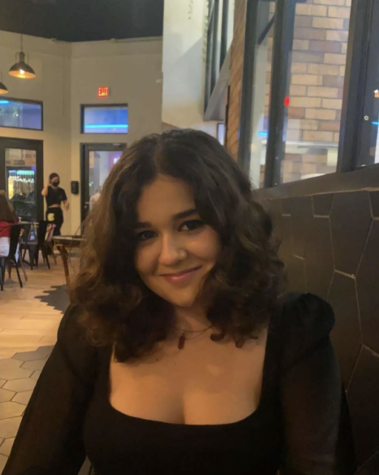
Hi! My name is Lucienne Totti, I am a senior, and I am one of the head editors of the Baldwin Bullseye! Apart from editing most of the articles published,...

